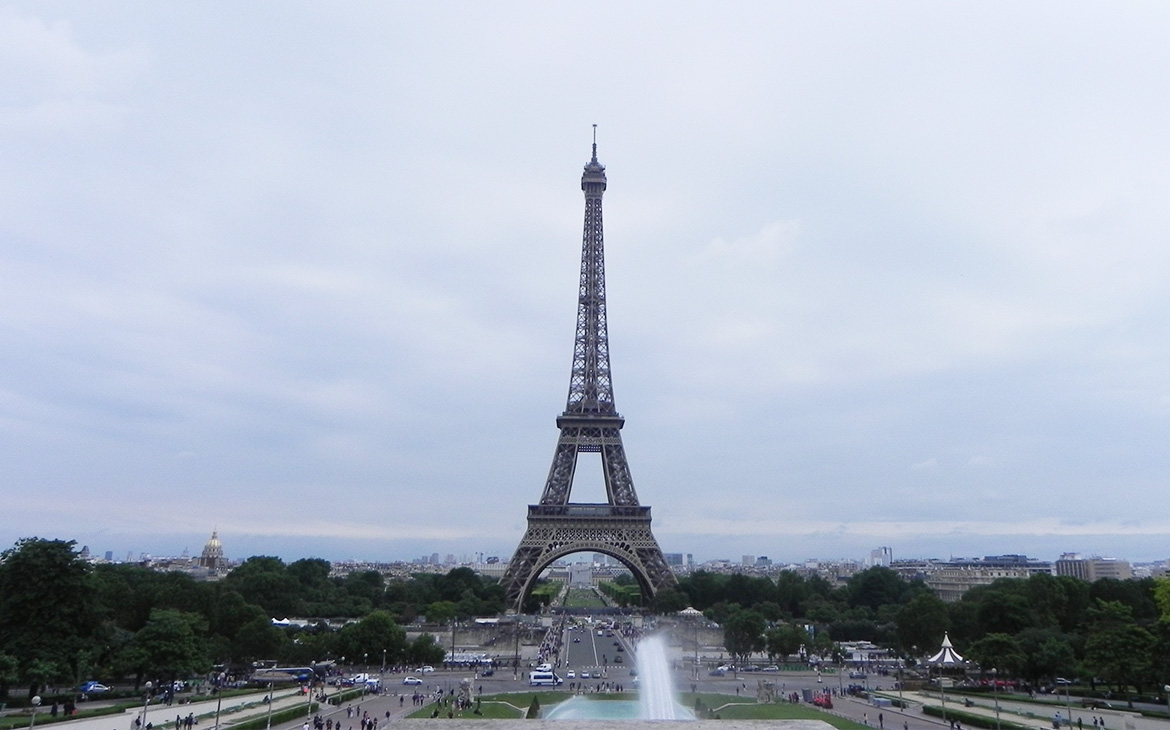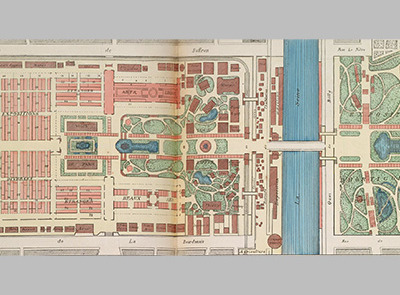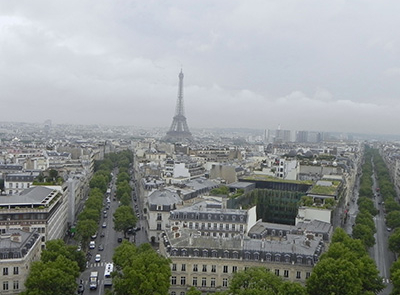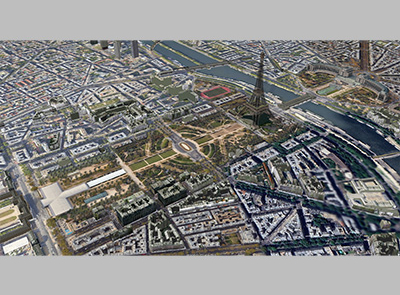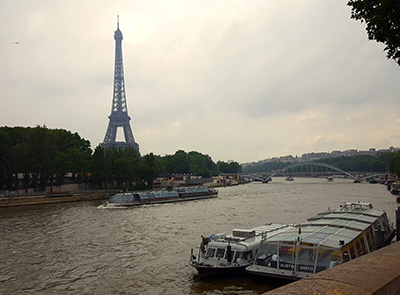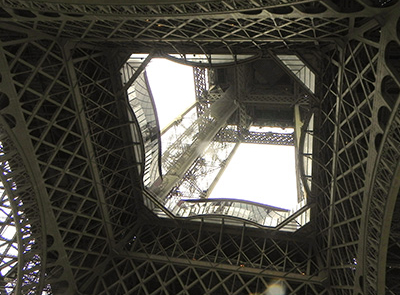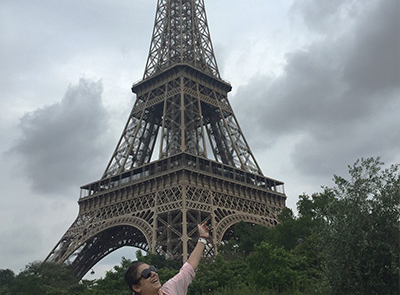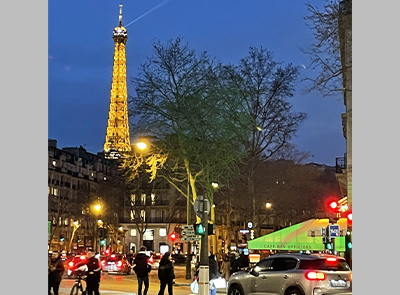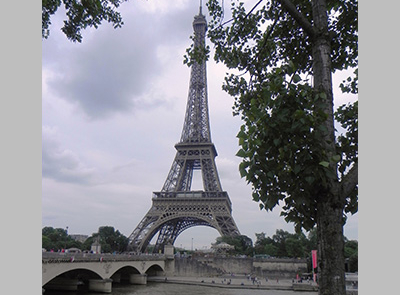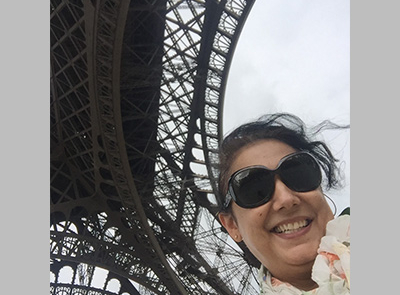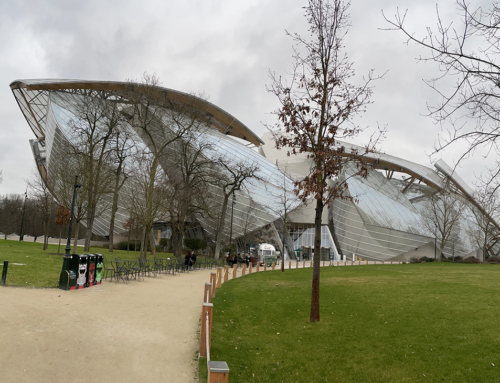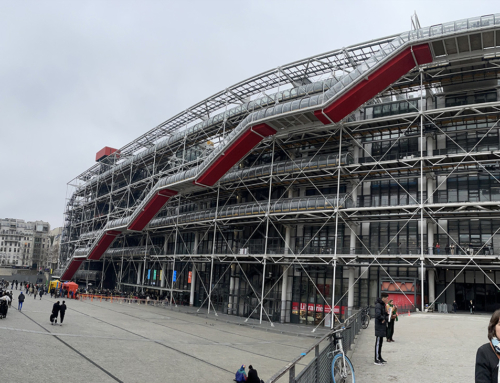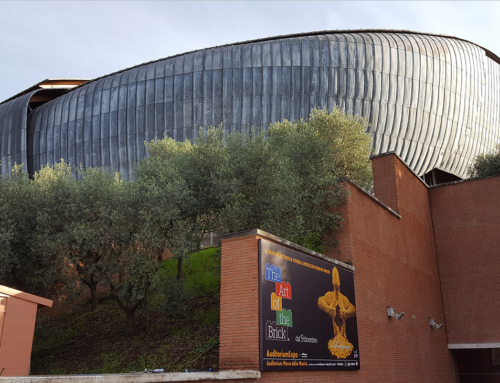
I am going to change a little bit the initial approach I had in my previous post, when I talked about my favorite city “Rome,” to present another facet of this blog that is entitled TOURISM AS A FUNCTION OF HERITAGE. In this way, I will continue to talk about the architecture of the cities I had visited, but this new tour will be specifically discuss their iconic sites, illustrating innovative buildings, that represent a specific architectural style, period, or time; which have been a source of controversy at the beginning but later became a successful projects and important tourist attraction.
This approach is something that became a necessary feature for some of the most visited cities in the world, a trend that consist of creating modern icons in historical and touristic places, to generate more tourism…
So, I am going to start with the city of the light: PARIS… and with undoubtedly the most important architectural symbol of this city, the Eiffel Tower. In 1889 for the World’s Fair of Paris (which was created to celebrate the 100th anniversary of the storming of the Bastille) opened a merit contest with the main objective of choosing the best design for a tall tower, in the Champ-de-Mars.
As depicted above in the image on the left (obtained from the website of the Eiffel Tower) multiple palaces were built throughout the gigantic Champs-de-Mars and the Trocadero Garden, where all countries could display their industrial works.
An entrepreneur, named Gustave Eiffel along with Maurice Koechlin and Emile Nouguier (both engineers who worked in the Eiffel’s workshop), presented a proposal that was chosen from more than one hundred participants with an innovative idea of creating an Iron tower; later, when they were consolidating the design of the tower, they saw the need to incorporate an architect to give the tower a less rigid appearance; as such, they involved the architect, Stephen Sauvestre.
The plan to build the iron tower in a square base of 125 meters across and three hundred meters tall on the center of the Champ-de- Mars immediately generated a chain of criticism and controversy around it.
Additionally to be able to build the over 300-meter-high metal structure in 19th century, the engineers had to implement something new for that time, which was prefabricating sections of the tower in Eiffel’s workshop and assembled them on site… this idea allowed the tower to be built in record time (2 years and 2 months & 5 days) but thanks to this, a lot of criticism and negative comments were received from the people of Paris and local newspapers, with headlines such as “the belfry skeleton, the mas of iron, the skinny pyramid of iron” and more.
An extract from the “Protest against the Tower of Monsieur Eiffel” in 1887, read: “We come, we writers, painters, sculptors, architects, lovers of the beauty of Paris which was until now intact, to protest with all our strength and all our indignation, in the name of the underestimated taste of the French, in the name of French art and history under threat, against the erection in the very heart of our capital, of the useless and monstrous Eiffel Tower which popular ill-feeling, so often an arbiter of good sense and justice, has already christened the Tower of Babel. (…)
In spite of the controversy, the construction was completed and once the tower was finished, the criticism disappeared due to the enormous popularity and success. This was the case for long time, as it was the tallest building in the world until the Empire State building was erected in New York in 1931.
Since then, the tower has been renovated, restored, and adapted to keep up with the demands of time and public. The most complete restoration was done in the 80s’, with the modification of the Eiffel’s office located at the highest point of the tower and the creation of a luxurious restaurant with a panoramic view of the entire city; a renovation that was unnoticed is a good example of how adaptive reuse of a historic buildings can be done without modifying its initial appearance.
It is also important to highlight that this city landmark included had a gigantic urban renovation project, which included the land where the exhibition was: As a result of it, all buildings attached to the tower were demolished and were replaced by gardens following a vision of a grand plan based on a combination of a proportion and a symmetric axis ending at the Trocadero Palace.
These interventions had one thing in common, that is “maintaining the relevance and importance of this structure that can be seen from any point in the city and by doing this it became a symbol of Paris.
With this story, I begin to describe and analyze an extensive list of great works of architecture that were initially criticized and later became the main attractions. This is why I choose Paris, as a new topic in my blog. , It is a city that has been constantly evolving since the construction of the Eiffel Tower with new architectural icons.
Visiting this gorgeous landmark is always a great experience. I’ll for now but be ready for my next blog, which will discuss another landmark of this city “The Louvre”, until then Au revoir!

